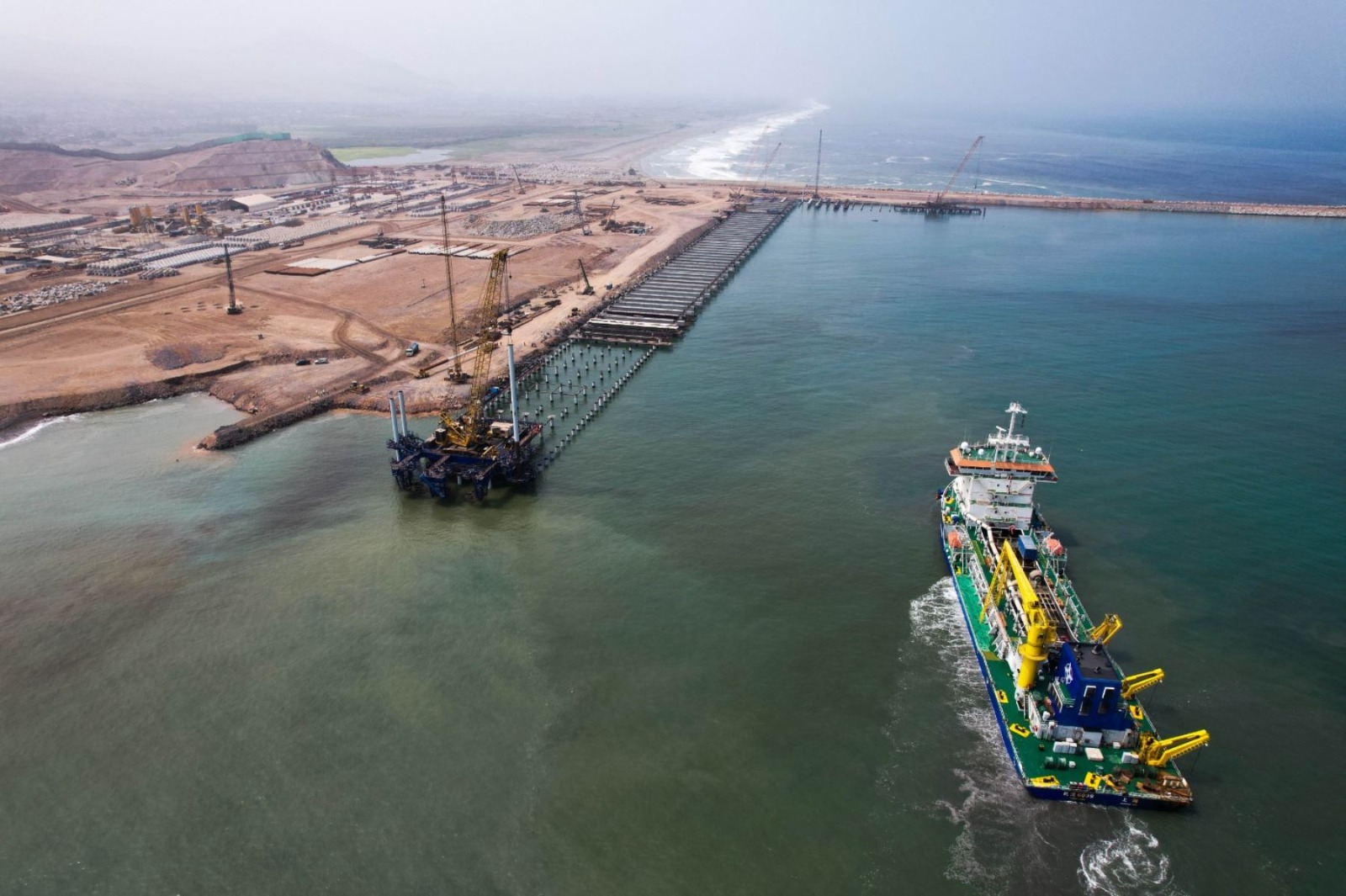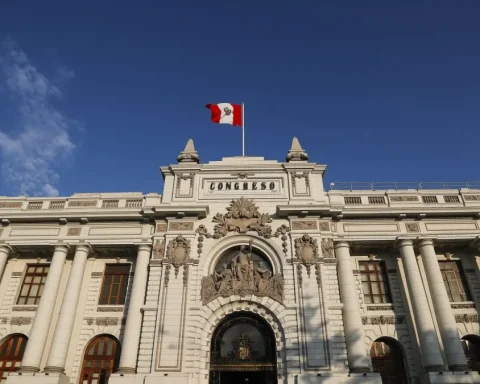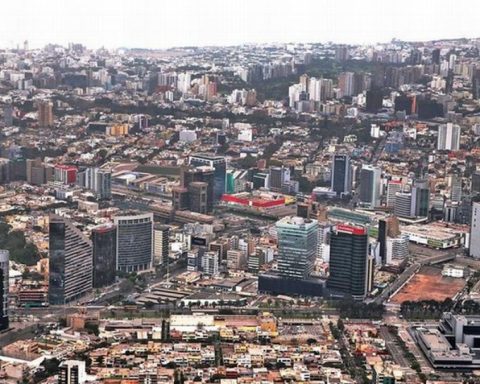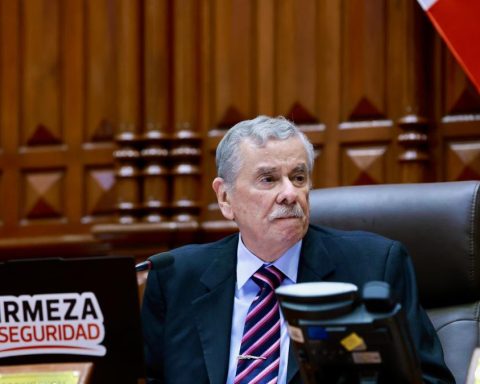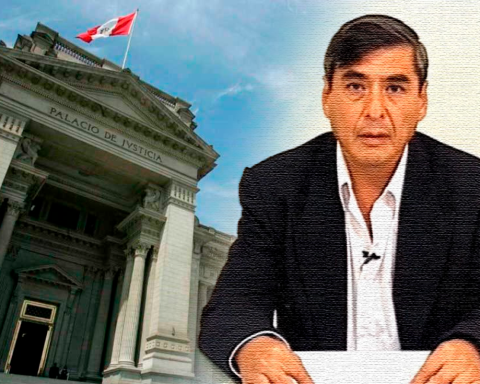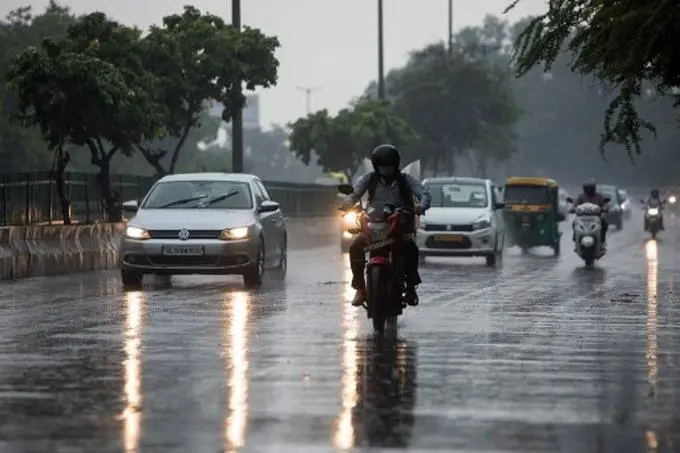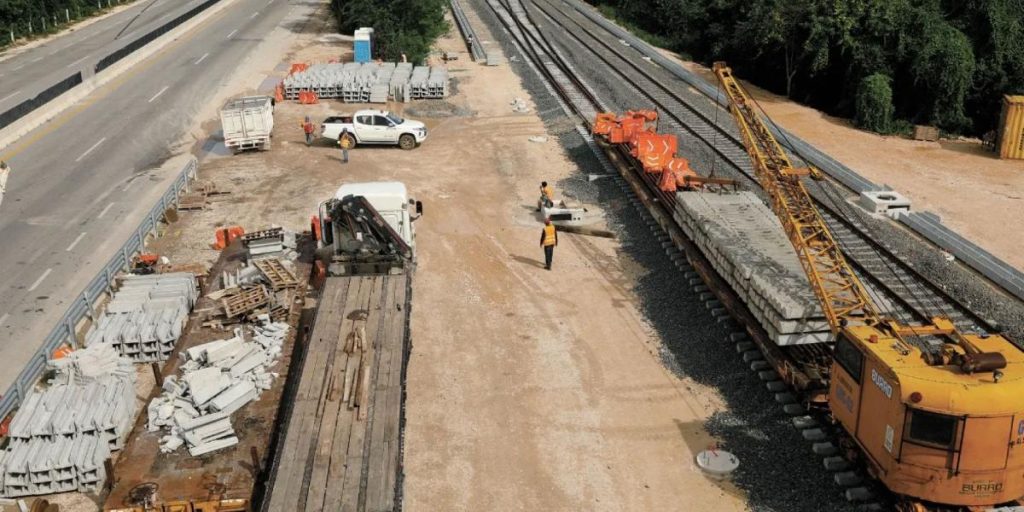By Giovanni Sánchez, Investment Associate at Prima AFP
The phrase “Peru is a beggar sitting on a golden bench,” by Antonio Raimondi, alludes, on the one hand, to the value of our natural resources. As we know, our country is a key player in global mining, given its vast reserves of copper, silver, zinc, among others. On the other hand, the quote suggests that, to a certain extent, possessing these resources has not materialized in concrete benefits for the country.
But it is not just our natural resources that are valuable, as our geographical location strategically places us on the central coast of the South Pacific and gives us the potential to be a port connection hub between South America and Asia, home to 16 of the 20 largest ports in the world.
For this reason, it is expected that, with its inauguration in November, the Chancay Megaport will become the star of the national and Latin American port system. The first stage alone meant an investment of US$ 1.3 billion and has the potential of an additional US$ 2.2 billion for a second stage, this without considering job creation and other positive collateral effects. On the other hand, in March the Jinzhao Perú Port Terminal in Marcona was awarded, with an estimated investment of US$ 405 million and, in June, DP World inaugurated the new Bicentenario dock in Callao, which increased its operating capacity by 80 %, up to 2.7 million TEU (unit equivalent to a container of more than 6 meters) annually. Likewise, in the southern area, in Arequipa, there is also another project still in the study phase, but equally promising: the Corío Megaport which, as an investment opportunity, has attracted the interest of China, South Korea, Portugal and the USA. USA, and would have an investment plan that would be around US$7.5 billion, a little more than double that of Chancay.
The potential competitiveness of Chancay and Corío, compared to other ports in the Pacific, are notable: due to the depth of draft, these will be the first ports to receive ships with a 400 meter stole and 18,000 to 24,000 TEU capacity at full load. . In addition, the transit time of ships for the Asia-Pacific route could be reduced from 35 to 10 days on average. This means less spending on fuel and freight for importers and exporters in the region, that is, cheaper imports and greater competitiveness for Peruvian products.
The central idea to take advantage of this geographic potential is that the different projects on the coast promote the development of a port ‘hub’ and serve as transshipment, receiving cargo from ports of neighboring countries to be transported to Asia. In the particular case of Corío, it seeks to serve as a transcontinental connection with other countries in the region such as Brazil, Bolivia and Paraguay. And for the port ‘hub’ to become a reality, the development of new infrastructure that will support port activities is crucial: construction of railways, rail and air terminals, roads, industrial and warehouse zones, river ports. , etc.
We must not overlook the transformative impact that private investment has on people’s quality of life. The development of a port ‘hub’ in southern Peru has the potential to significantly boost the economy in the region, generating employment, energizing key sectors and increasing tax collection. In a context in which economic recovery is advancing slowly, the execution of large-scale projects that strengthen strategic sectors and attract international trade partners is crucial. It is time to take advantage of our wealth effectively and ensure that it directly benefits all Peruvians.
